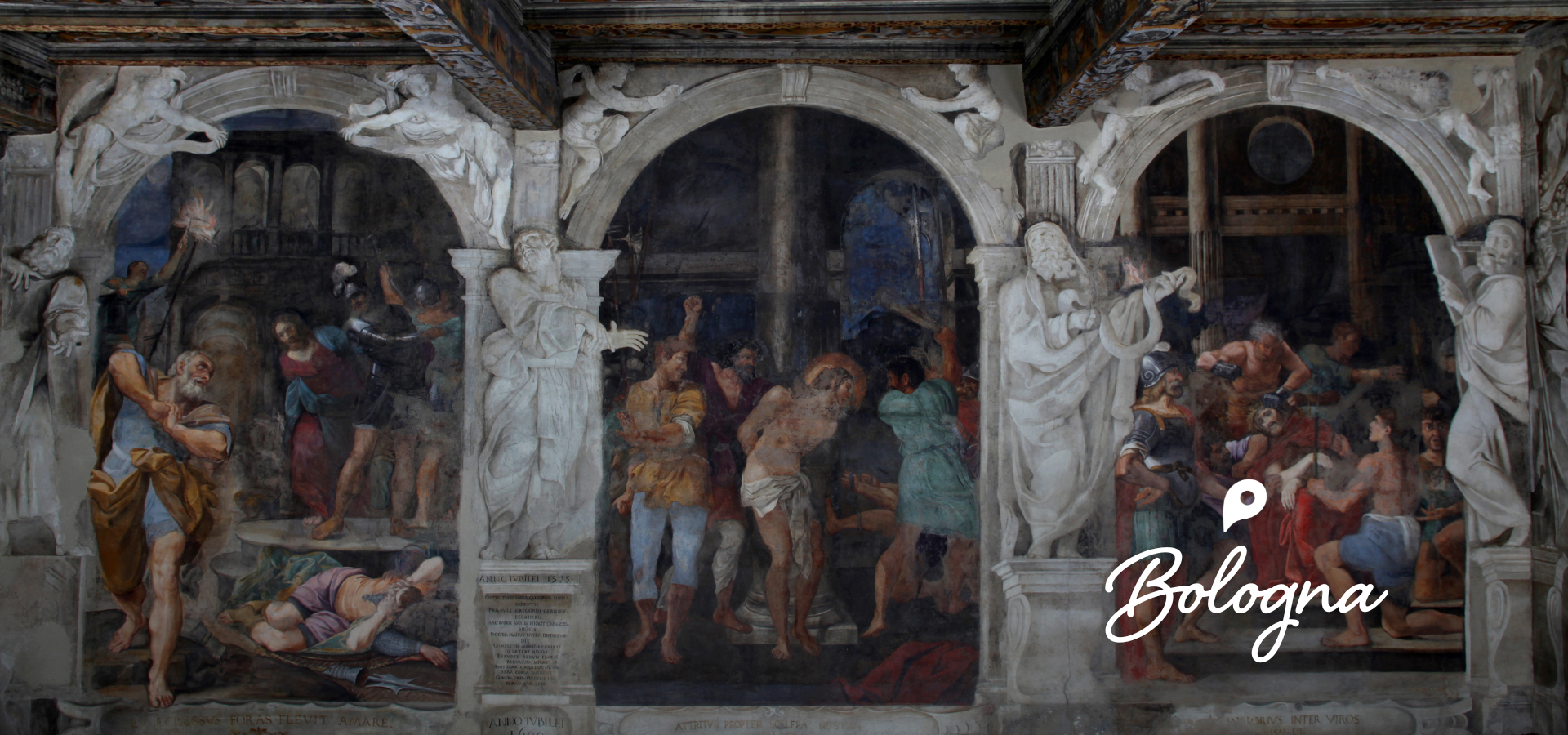When planning a trip to Italy, Rome, Venice, and Florence might steal all the initial tourism thunder, but Bologna is a top contender for one of the must-visit cities in the country. Located in the Northern Emilia-Romagna region, the seventh-largest city has a food scene that can hold its own with Piedmont, plus a mix of historic and modern architecture with museums, churches, and porticos, making this an amazing walking city for discovering hidden sites and stylish finds.
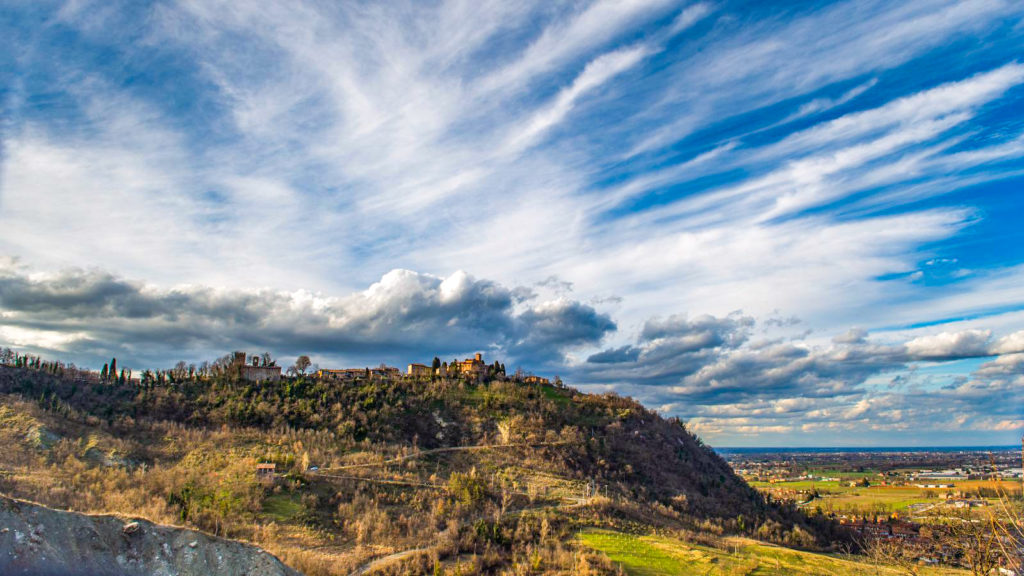
Where to Eat in Bologna
Best Traditional Trattoria: Trattoria Bertozzi
If you ask a local what traditional Bologna restaurant best dishes up the impossibly famous local cuisine, you’ll inevitably be guided to this atmospheric neighborhood trattoria just far enough outside the city center to maintain its authentic cred. Tagliatelle ragù, meatballs with peas, gramigna pasta with saffron, guanciale (cured pork cheeks), and zucchini …there’s no wrong order. Owners Alessandro (chef) and Fabio (wine, social butterfly) make for a dazzling twosome that embodies everything memorable about an Italian meal out.
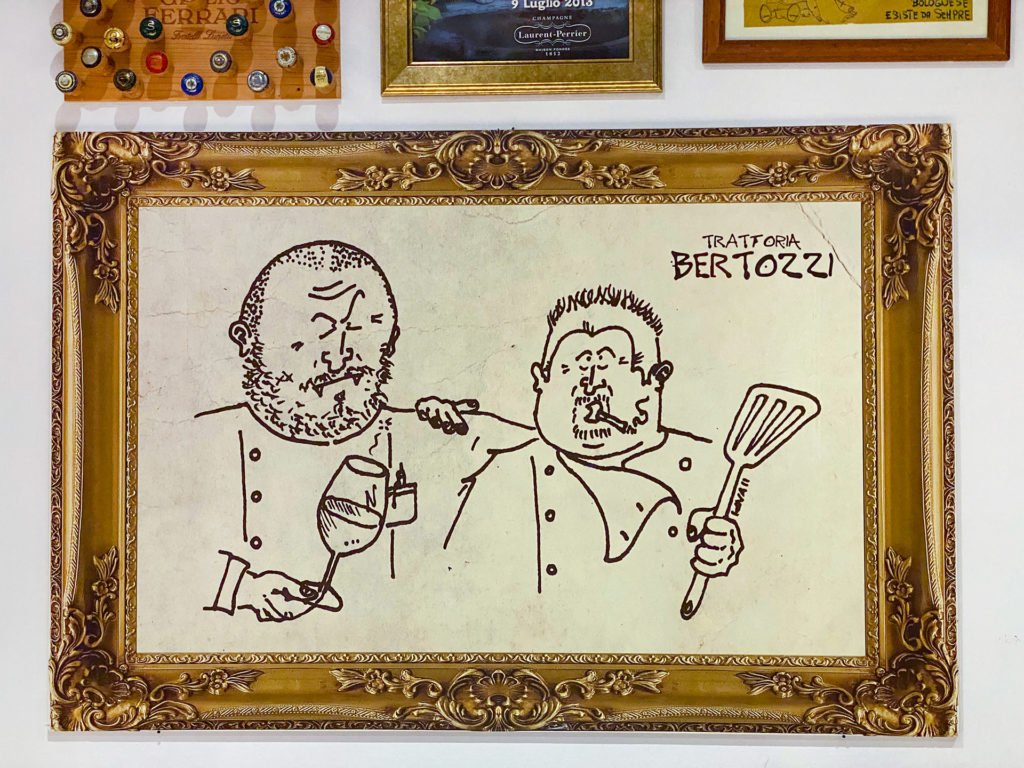
Worth the Splurge: Trattoria Amerigo 1934
Located in the small town of Savigno on Bolognesi white truffle terrain, this dazzling, down-to-earth juggernaut is the region’s Michelin-starred destination trattoria. At first glance, it’s simply a rustic restaurant in a small suburban village, but owner and executive chef Alberto Bettinio oversees a renowned culinary empire in the kitchen (the former domain of late legendary pasta maker Nonna Giuliana Vespucci) that calls on tradition (Parmesan-stuffed tortelli, tagliatelle al ragù) and innovation (cherrywood-smoked deer leg with herbs and wild fruits) in equal measure.
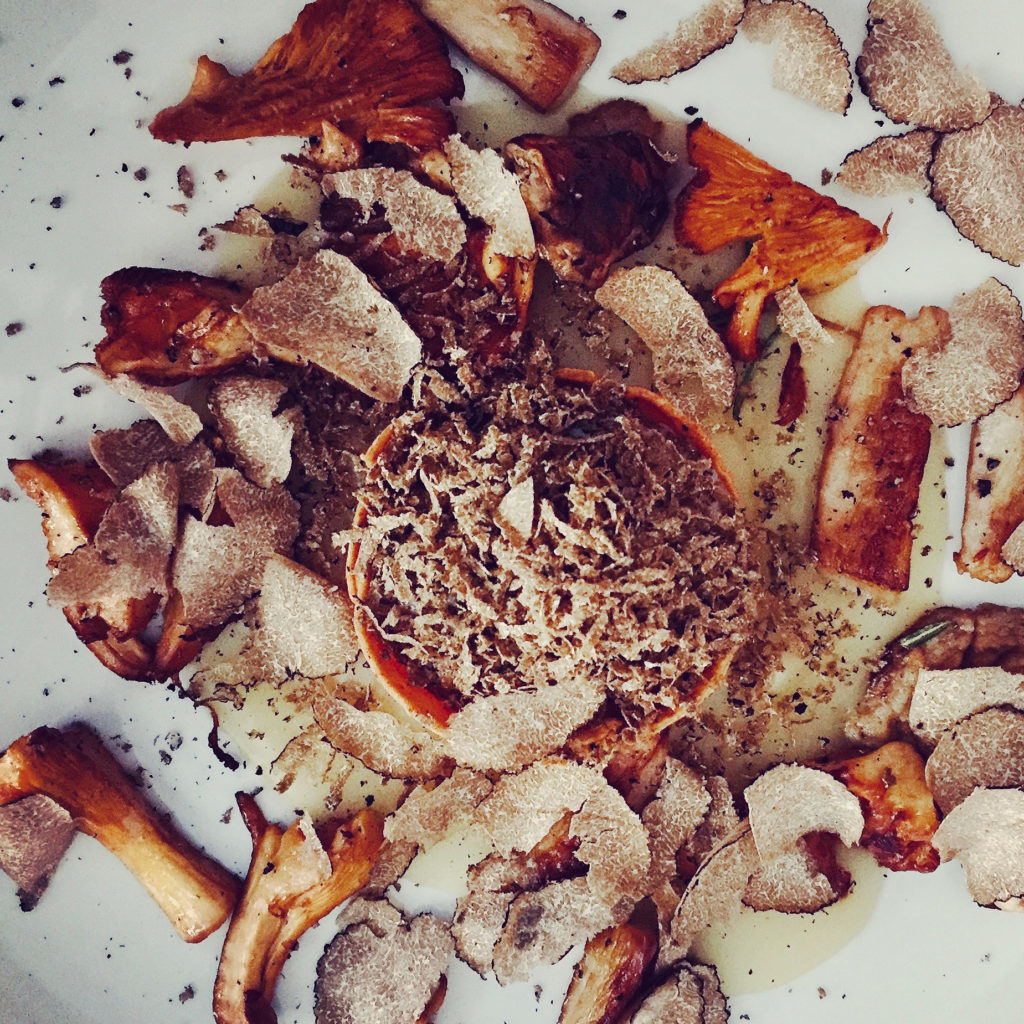
Dare to be Different: Ahimè
Bologna’s fiercely traditional gastronomic pedigree is definitely an incredible blessing, but can also be a curse—the latter because almost nobody has the palle (that’s “balls” in Italian) to do anything different. “Hold our birre!” says chef/co-owner Lorenzo Vecchia, winemaker and organic farmer Frederico Orsi, and the whole team at Ahimè. From the ultra-modern décor to oft-changing, farm-to-table small plates that challenge convention (the spaghetti with Japanese mustard greens pesto is a revelation) to eccentric natural wines, Ahimè (“Alas” in Italian) isn’t afraid to buck tradition. Vecchia, who has worked with Michelin-starred chefs Carlo Cracco, Antonia Klugmann, and Martín Berasategui, is from Milan, so he can get away with it. And there’s nothing else like it in Emilia-Romagna.
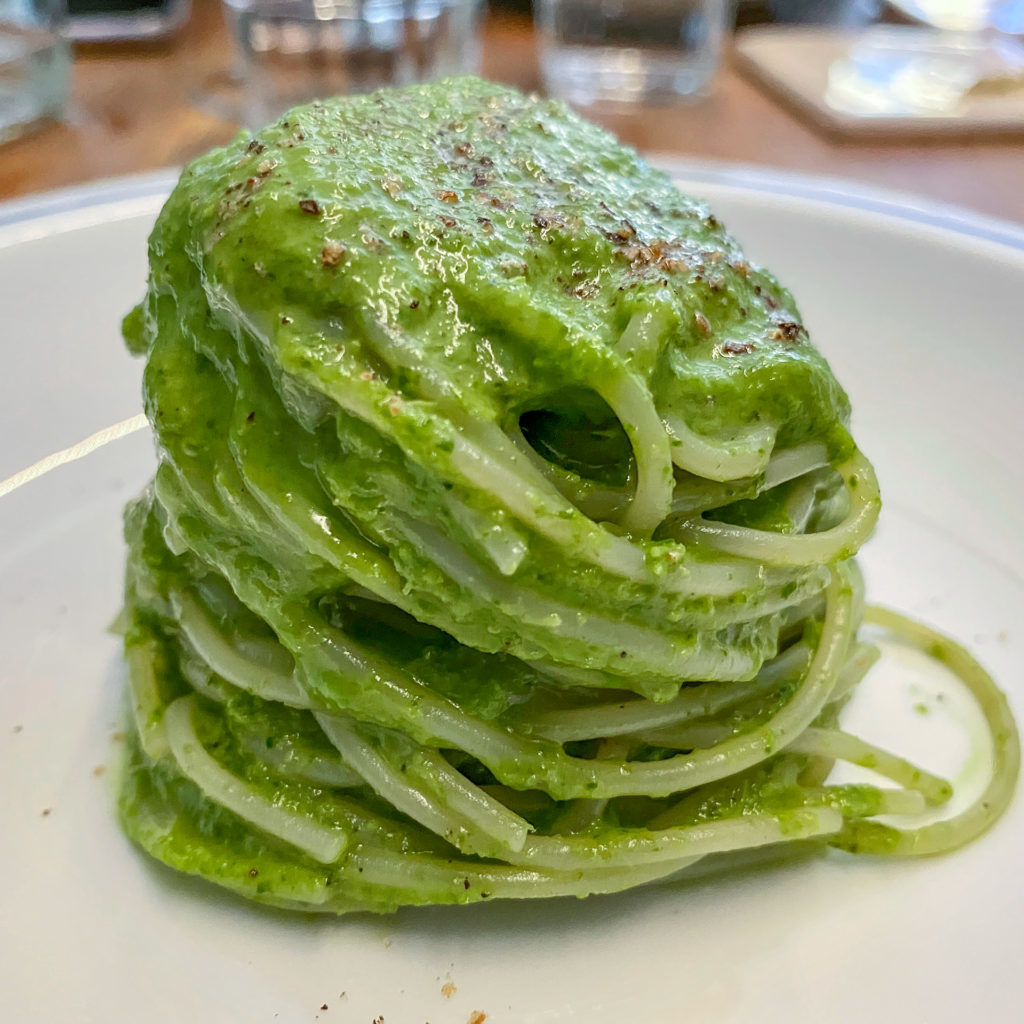
Romantic Outing: La Bottega di Franco
One of the few Bologna restaurants that require reservations a few months out, La Bottega di Franco sits on the city’s outskirts in a converted home chock-full of conversation-starting bric-a-brac and candlelit tables across various rooms and settings. The seasonal menu dabbles in tradition for a dish or two (tagliatelle with ragù, tortellini in broth), then breaks things wide open: Pumpkin-stuffed tortelli with bottle butter and poppyseeds, gnocchi with glazed BBQ brisket, and so on. The food excels with creativity (a rarity), but it’s beyond special for ambiance and atmosphere.
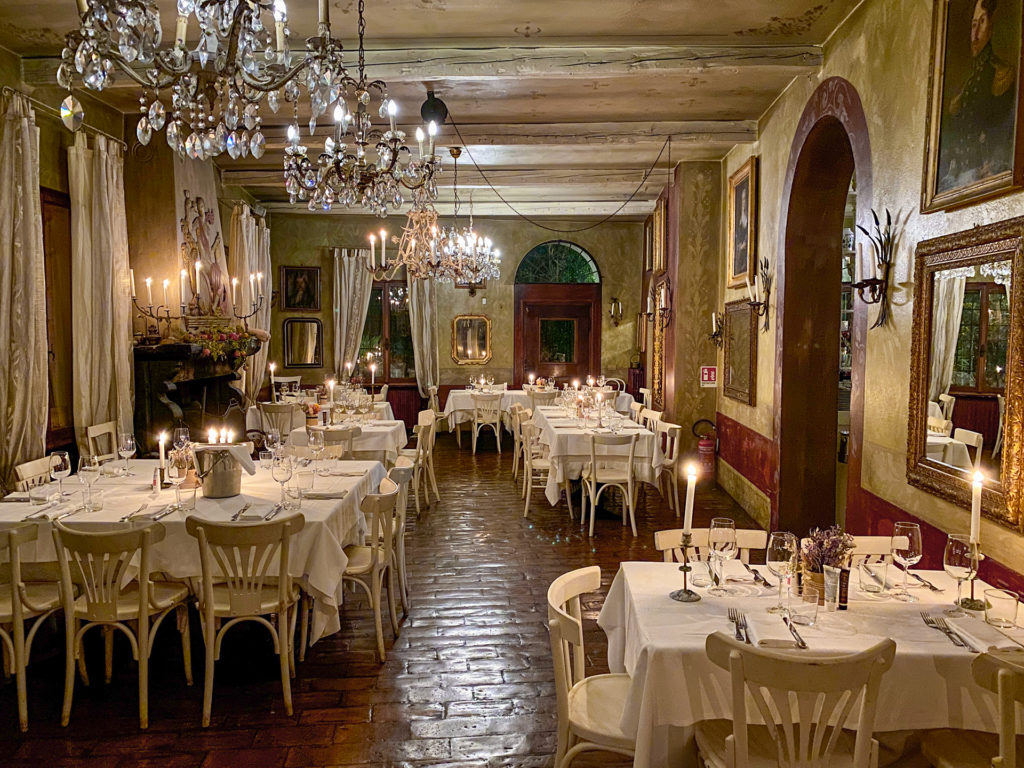
Freshest Pasta: Pasta Fresca Naldi
Watching owner Valeria command an army of pasta-making nonnas turning out handmade pork-stuffed tortellini, perfectly cut tagliatelle, and layers of impeccable lasagna at Pasta Fresca Naldi is one of the great joys of lunching in Bologna. Pasta here is sold both raw and ready-made, but the precious few bar stools available in-house mean you’re likely to enjoy these local specialties on the go or back at base camp.
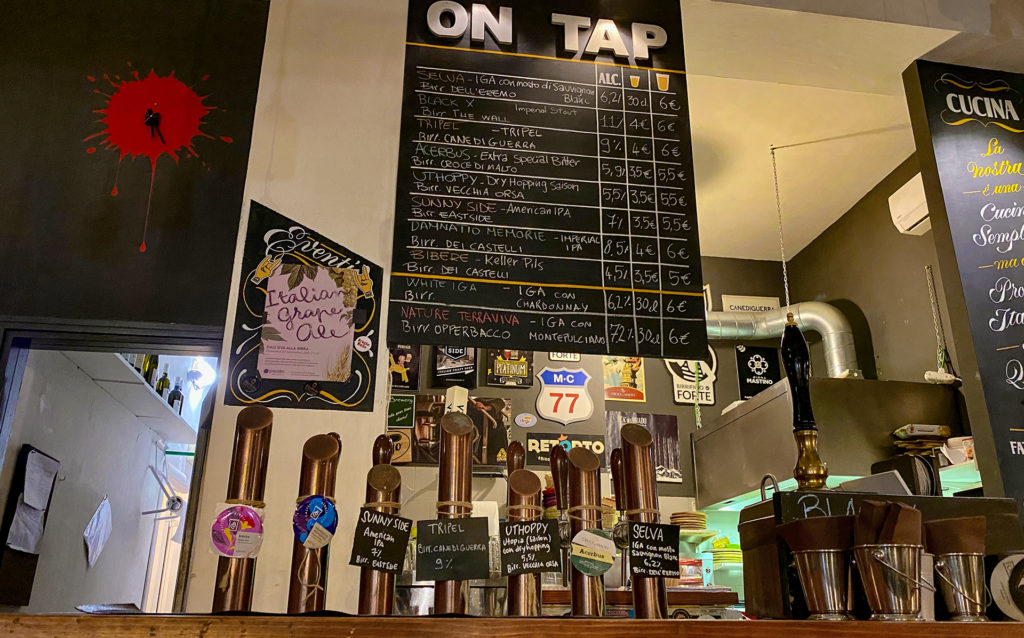
Where to Drink in Bologna
Best for Craft Beer: Il Punto
Of the traditional winemaking countries of Europe, Italy has slowly become one of the most interesting for craft beer as well. Il Punto dedicates most of its eight taps to Italian birra artigianale. You’ll often find sours and barrel-aged ale from the city’s best and most interesting brewery, Ca’ del Brado, as well as the latest juice from some of the best breweries Italy-wide (Crak from Padova, Lazio’s Eastside, Alder from Lombardy), which go down best on their sidewalk seating if the weather cooperates.
Best for People Watching: Casa Minghetti
While Casa Minghetti is undoubtedly one of Bologna’s best restobars, that’s actually not as notable as its privileged position on the piazza of the same name. These are the coveted tables of Bologna’s voyeuristic hip, a see-and-be-seen cavalcade catering to coffee enthusiasts, aperitivo aficionados, and cocktail connoisseurs. Rubbernecking aside, it’s a very charming spot to let Italy’s gioia di vivere wash over you.
Oldest Wine Bar: Osteria del Sole
Osteria del Sole isn’t the type of place to seek out a Gaja Barbaresco or Tignanello Super Tuscan – you get a glass of house Pignoletto, Lambrusco or Sangiovese, carelessly poured into a traditional stemless trattoria glass and gruffly served between the rubbed elbows of local drunks, curious tourists and hardcore traditionalists. There’s no food—you bring your own, which, given its location in the heart of the Quadrilatero, Bologna’s market area, is a very nice prospect, indeed. Nothing’s changed here since 1465.
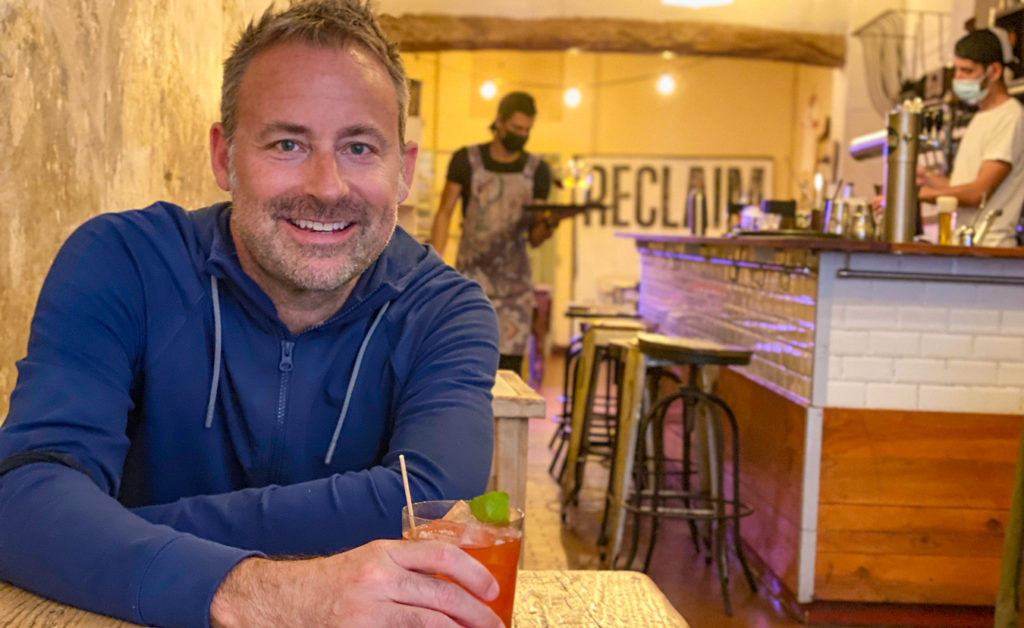
Creative Cocktails: Ruggine
Disinclined to follow the status quo, four friends from Rugging various corners of northern Italy converge at Ruggine, a trendy cocktail bar down an otherwise serene alleyway near the main square. The usual suspects—Campari, Aperol, etc—are missing in favor of locally-driven craft mixology that calls on a more artisanal arsenal of spirits and mixers (house-made shrubs, Venetian aperitifs, Romagnan brandies) to concoct a bevy of creative cocktails. A young and restless professional crowd spills out the door in appreciation.
Aperitivo al Fresco: Le Serre dei Giardini Margherita
The cities formerly abandoned municipal greenhouses inside its biggest greenspace have been flipped into what is far and away Bologna’s most interesting spot for a drink. Equal parts bar, veg/vegan restaurant, gallery, and co-working space, Le Serre draws droves of Bolognesi in the know—hipster literati, cultured socialists, dads with dogs—to its fantastic, industrial-cool outdoor gardens for Bologna’s most artsy Happy Hour.
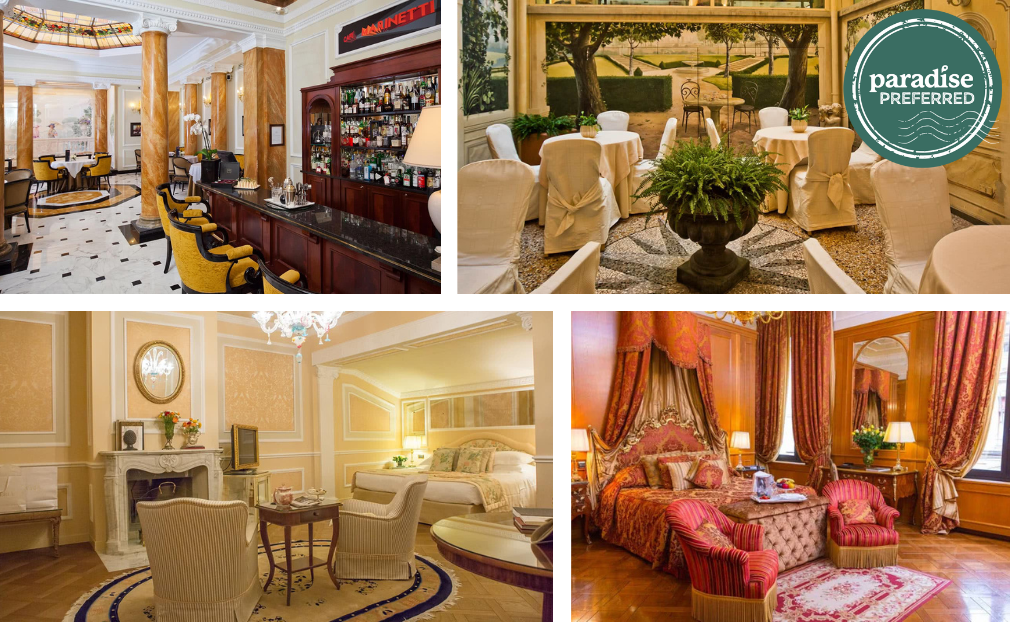
Where to Stay in Bologna
Big Spenders Only: Grand Hotel Majestic Già Baglioni
One of Bologna’s oldest hotels and, true to its name, the city’s only majestic 5-star option. Commissioned in the 18th century on the urging of Pope Benedict XIV, this former archiepiscopal seminary converted to hospitality in 1912. Today, finely-polished marble, elegant drapery, 300-year-old original frescos, and commanding columns work in tandem to craft an ethos of classic European luxury, the likes of which has attracted Frank Sinatra, Princess Diana, Martin Scorsese, and the Dalai Lama throughout its history.
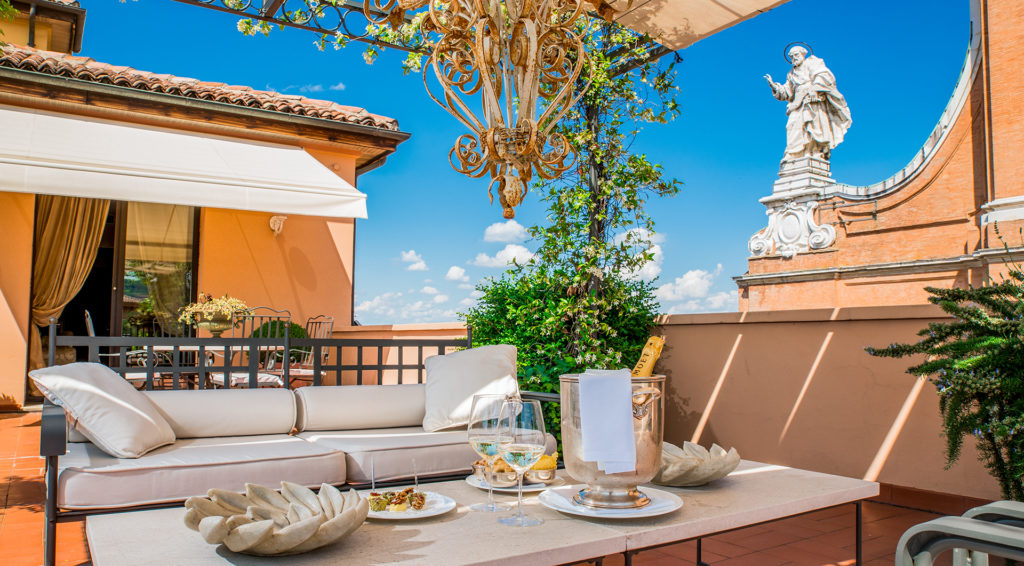
Best B&B: Bologna nel Cuore
Owner (and local art historian) Maria picks the fruits for her homemade breakfast jams off the trees at her childhood home in the Dolomites herself – that’s the sort of hospitality on offer at Bologna nel Cuore (“Bologna in the Heart”), a superb two-room, two-apartment B&B near Piazza Maggiore. High ceilings, pretty bathroom tiles, vintage accents, and one-of-a-kind antique furnishings pepper these accommodations, but it’s Maria’s keen conviviality that gives it its heart.
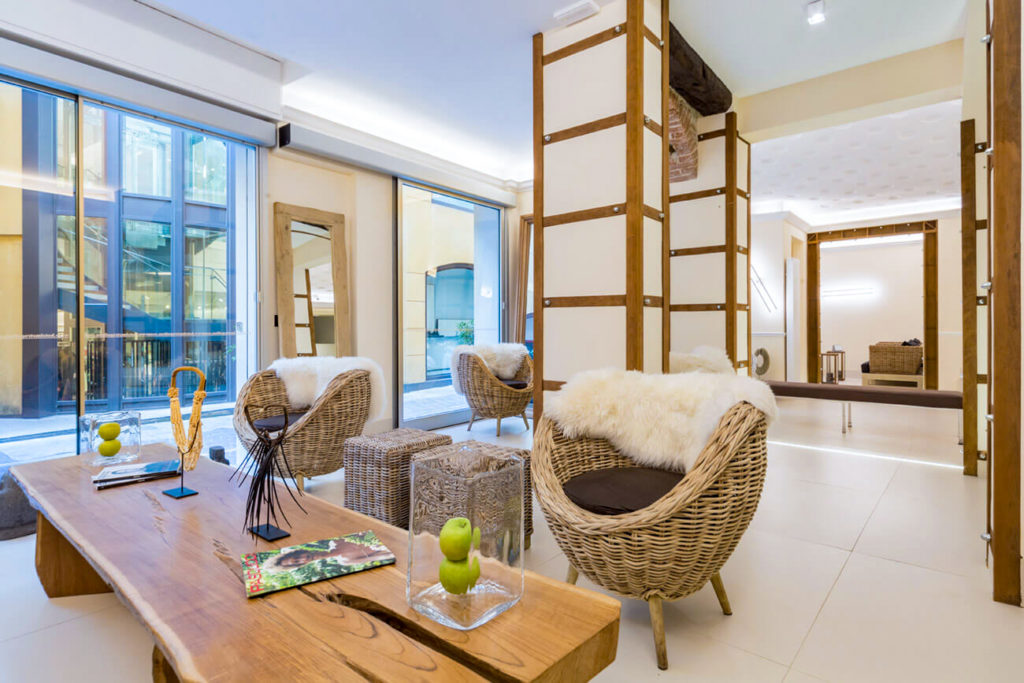
Fashionisti & Glitterati: Hotel Metropolitan
Bologna isn’t as flush with design hotels as it should be—in fact, the 45-room Hotel Metropolitan nearly carries the boutique burden for the entire city. Clean lines and mod cons are the expected rule here, but where the Met truly excels is with the rather unexpected courtyards on both the rooftop and second floor, where junior suites spill out onto an interior quad flush with olive trees.
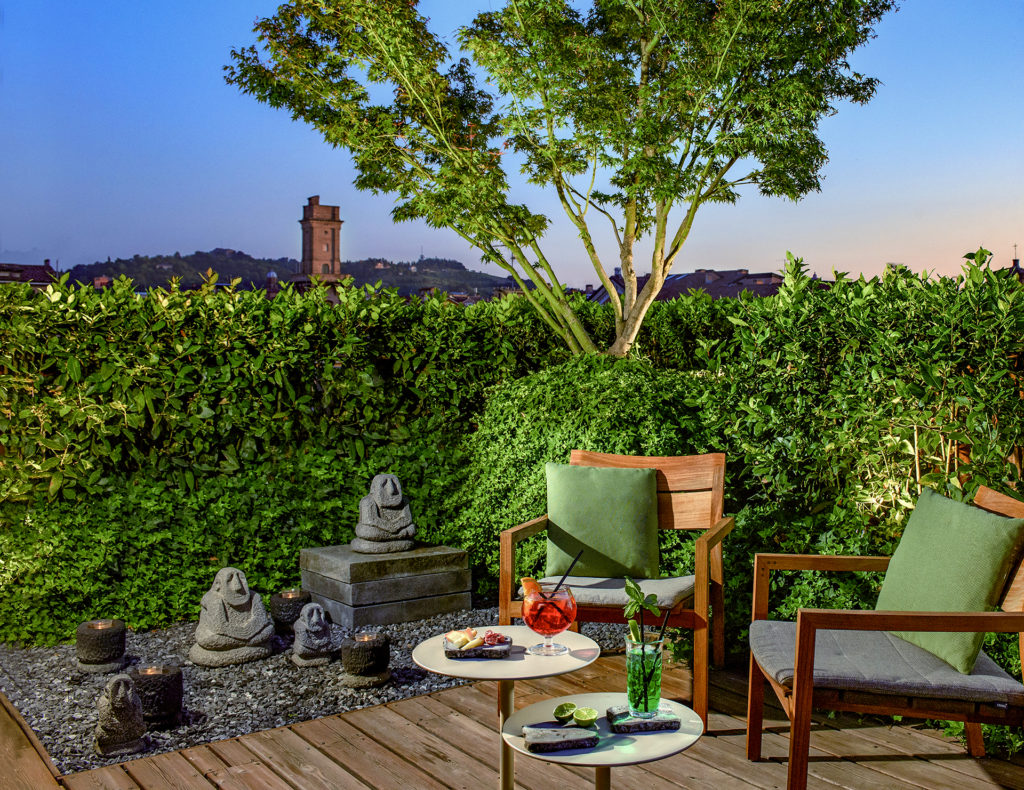
Budget Bonanza: Casa Isolani
If you’re willing to forgo services such as front desk staff, parking, and housekeeping, these two renovated historic residences offer excellent value for money. One is steps from the main square, while the other sits not much farther away on an atmospheric city center street. Spacious rooms are flush with original details like terracotta ceilings and period furnishings (often incredible cityscape views, too), and it all starts at just a tad over $100 per night.
Oldie but Goodie: Al Cappello Rosso
If you get a kick out of historic sleeps, this wonderful hotel has been in the bed business since 1375, when it began life as a tavern with a spot for folks to snooze off pounding headaches from Medieval mead. Each of the 33 individually decorated rooms was designed by local artists and set designers, inspired by everything from old Hollywood to comic books. Silk kimonos are standard.
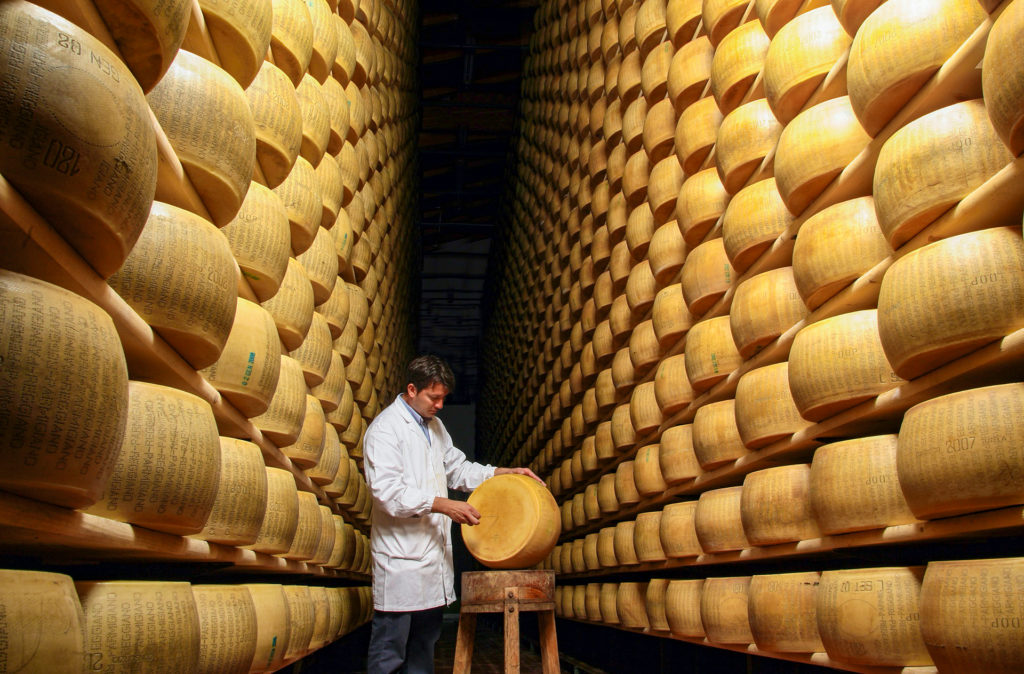
Where to Shop in Bologna
Best for Parmigiano-Reggiano: Al Regno della Forma
Hint: Locals don’t buy their Parmesan cheese in the touristy Quadrilatero. Instead, they head to this tiny shop run by the Fornari family since 1923. The waft of 80lb wheels of the region’s coveted dairy gold here provides the signature scent of the entire block. A 500-gram cut of the 36-month aged variety will set you back around €12, and you’d be hard-pressed to spend that amount on anything else better in town.
Best Flea Market: Mercato Antiquario Città di Bologna
On the second Saturday and Sunday of the month, Bologna’s best outdoor market turns the city’s prettiest piazza (Santo Stefano) into a crate-digging, table-browsing gold mine of vintage adverts and posters, antique household items, and collectible furniture. It’s a blast browsing your way across the cobblestones, popping into the various bars and cafes for an espresso, a glass of Sangiovese, or a scoop of divine gelato as you go.
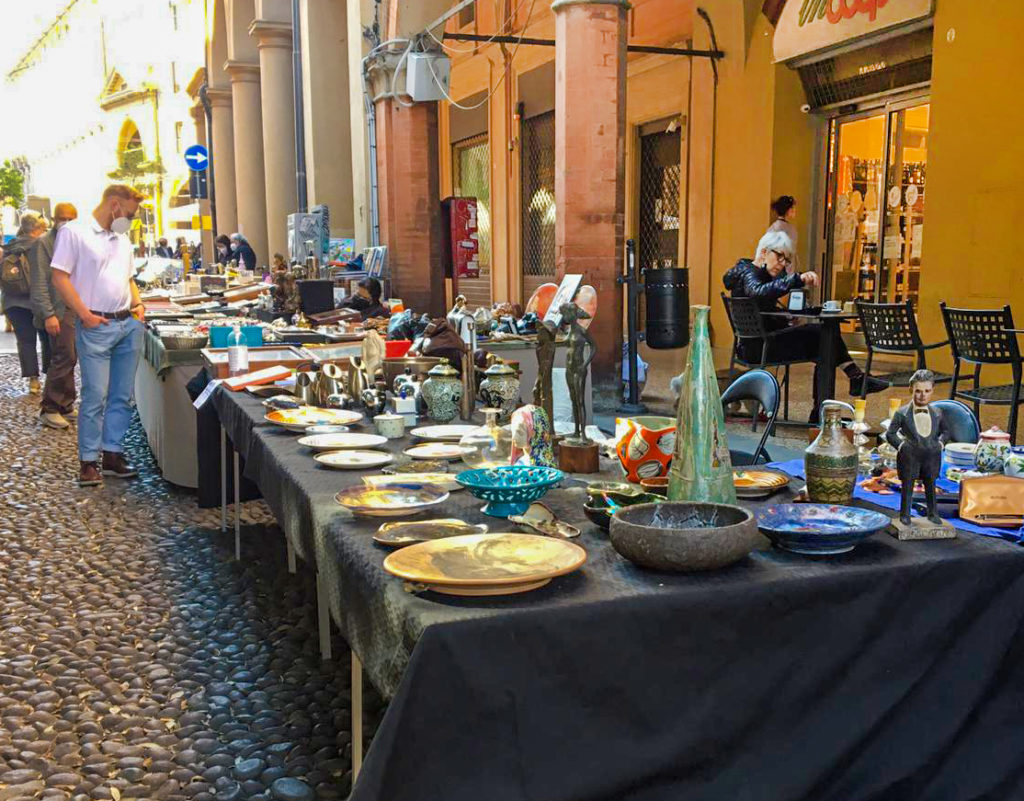
Best for Local Design: Golpe Lab
Bolognesedesigner Alessandro Vignoli creates and sells his streetwear-inspired fashion in this small Bologna boutique, one of the few self-contained, sketch-to-dress shops in the city. Daring color combinations support an unfollowing of the crowd ethos in a variety of specialty items, including sweaters, dresses and backpacks, and the whole scene feels like an avant-garde ‘screw you’ to the status quo.
Best for Vintage Italian Movie Posters: Bookshop Cineteca di Bologna
Bologna’s Cineteca is a world-renowned historical art film archive and restoration lab, but its bookstore, located just off Piazza Maggiore, is also a rapture of movie poster bliss. You’ll find a plethora of original vintage Italian movie posters, newly restored DVDs of classic films, and books related to classic cinema. In summer, Cineteca sponsors Sotto le Stelle del Cinema (Cinema under the Stars)—evening films shown on Europe’s largest projection screen in Bologna’s main square.
Best Specialty Food: La Salumeria da Bruno & Franco
Bologna is chock-full of specialty gourmet food emporiums selling Parmigiano-Reggiano, mortadella, fresh tortellini, cured cold cuts, ready-made ragù, and other delectable prepared foods that are all astonishingly delicious. Picking one is painful, but one glance at the stocked window at La Salumeria da Bruno & Franco compels passersby to enter. Resistance is futile; everything is wonderful.
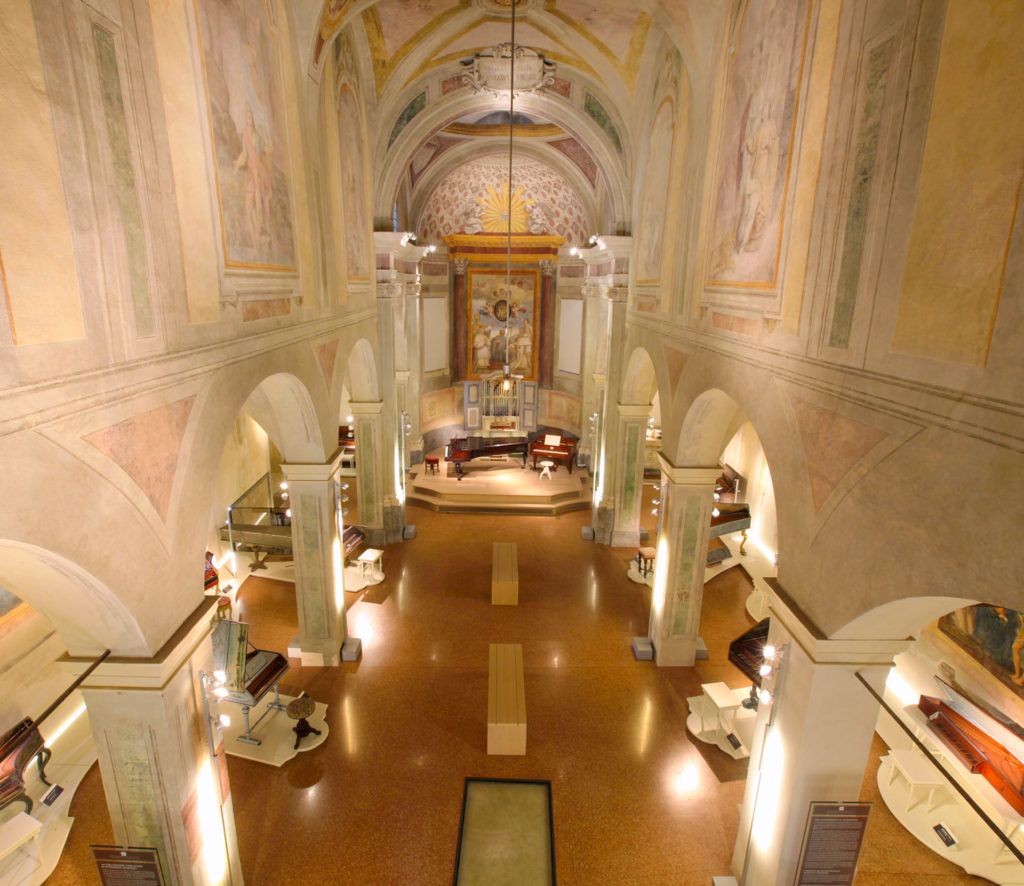
What to See & Do in Bologna
Best Museum: San Colombano – Collezione Tagliavini
Unfortunately, inspiring Dutch organist and harpsichordist Liuwe Tamminga, who was the heart and soul of this fascinating museum of musical instruments, passed away in 2021, but the unparalleled collection remains. In a spectacular restored church with original frescoes and a medieval crypt, some 80 or so harpsichords, pianos, and oboes dating from the 1500s are beautifully displayed, each one a masterpiece of form and function. The museum is small, manageable, and memorable.
Quirkiest Sight: Rocchetta Mattei
Located in Bologna province, about 50 kilometers southwest of the city itself, this fantastical hilltop castle is the idiosyncratic creation of peculiar homeopath Count Cesare Mattei, who was rich and famous for his late 19th-century medical quackery. The labyrinthine castle offers a glimpse into the mind of a mad scientist: Mismatched rooms, winding staircases, black-and-white-striped chapels, and a muddle of asymmetric Gothic and Moorish architectural touches.
Best Church: Basilica di Santo Stefano
This set of interconnected churches, crypts, and cloisters jumps across centuries (from the 8th to the 11th) and architectural styles (Romanesque, Lombard, and ancient Roman) to create an atmospheric labyrinthine concoction of medieval ministries. Wandering the four surviving churches on the site is like navigating through an ecclesiastical maze, which is a nice changeup from your standard European cathedral visit.
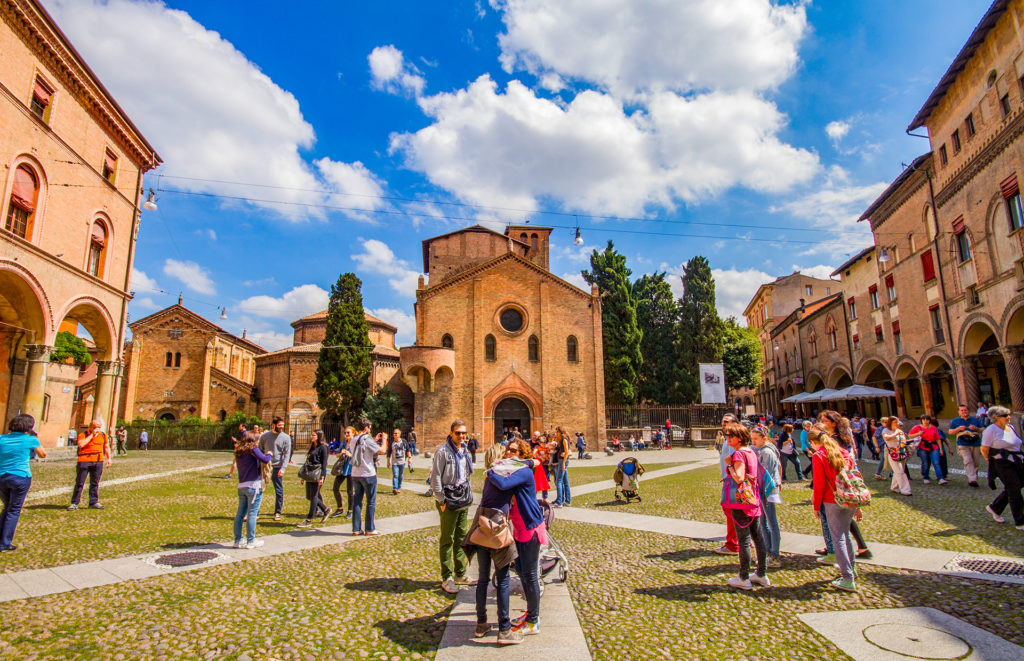
Best Rockstar Dwelling: Casa di Lucio Dalla
If his home is any indication, what a long, strange trip it must have been for the late Lucio Dalia. One of Italy’s greatest singer-songwriters, Dalla passed away in 2012, leaving his eccentric Bologna home inside the 15th-century Palazzo Casa Fontana poi Gamberini as one of Italy’s most fascinating house museums. Countless personal artefacts, an unprecedented and provocative art collection, and a mesmerizing man cave—complete with a massive projection screen, toy train, and recycled porn cinema seats—are highlights.
Hidden in Plain Sight: The Porticos of Bologna
Bologna’s unique system of porticoes—many of which were originally built in the 12th to 13th centuries to extend student housing space over the sidewalks—achieved UNESCO World Heritage status in 2021. The city counts a whopping 62 miles of porticoes that come in a variety of styles, including Medieval wooden porticoes over buildings, Gothic and Renaissance porticoes integrated into buildings, 14th-century beccadelli (semi-porticoes without columns), and 19th-century porticoes featuring court architecture. Twelve porticos make up the UNESCO site, including Pavaglione (Via dell’Archiginnasio), Santo Stefano e Mercanzia (Piazza Santo Stefano) and Cavour, Farini e Minghetti (Via Cavour).
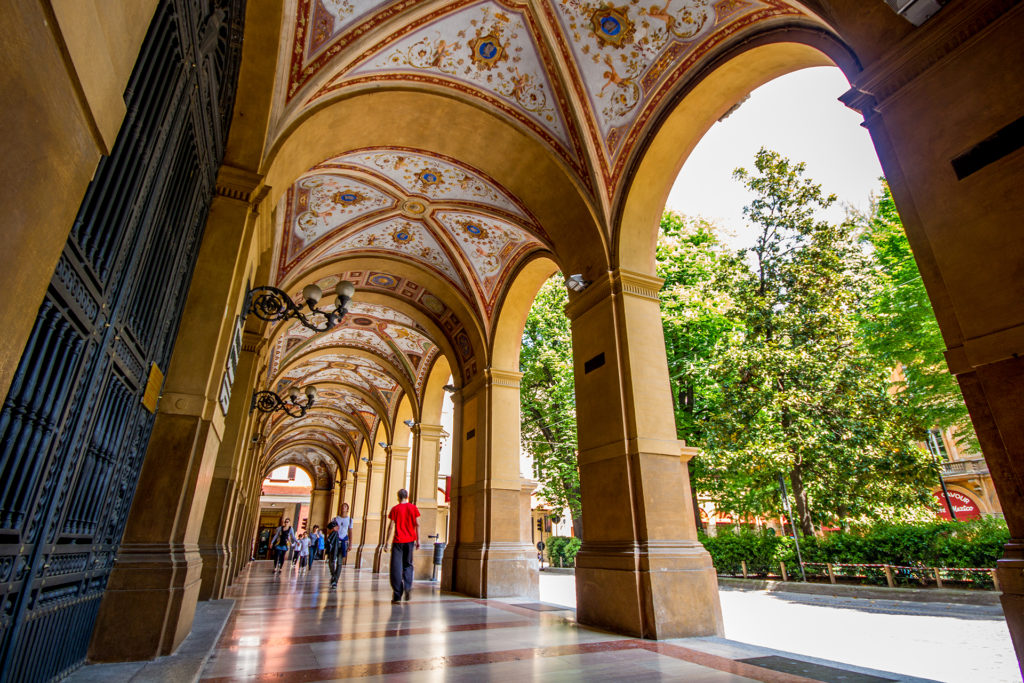
Need for Speed: Motor Valley
The provinces of Bologna and Modena, its neighbor to the northwest, are home to the greatest concentration of high-performance supercars and motorcycles on the planet. If it’s fast, it’s likely made here: Ferrari, Lamborghini, Maserati, Ducati, and Pagani are here, all of whom offer museums, factory tours, or both. Cleverly dubbed “Motor Valley” by marketing gurus, it’s Eden for enthusiasts of fast cars and Italian motorsport design.
Playlist Pairing: Your Musical Accompaniment to Bologna
- “Dark Bologna, ” Lucio Dalla (2006)
- “Bologna é Una Regola,” Luca Carboni (2015)
- “Bologna,” Francesco Guccini (1981)
- “50 Special,” Lunapop (1999)
- “Una Vita in Vacanza,” Lo Stato Sociale (2018)
- “Bolo by Night,” Inoki (2006)
- “Gaetano,” Calcutta (2015)
- “Partirò per Bologna,” Banda Bassotti (2004)
- “Largo All’Avanguardia,” Skiantos (2007)
- “Cani Sciolti,” Sangue Misto (1994)
- “Piazza Santo Stefano,” Cesare Cremonini (2019)
- “Spaccacuore,” Samuele Bersani (2002)




